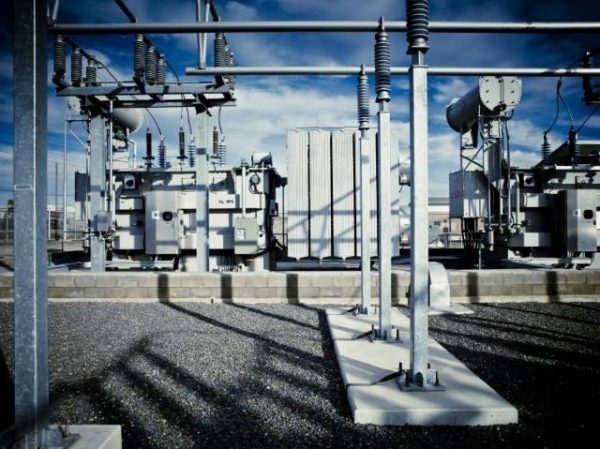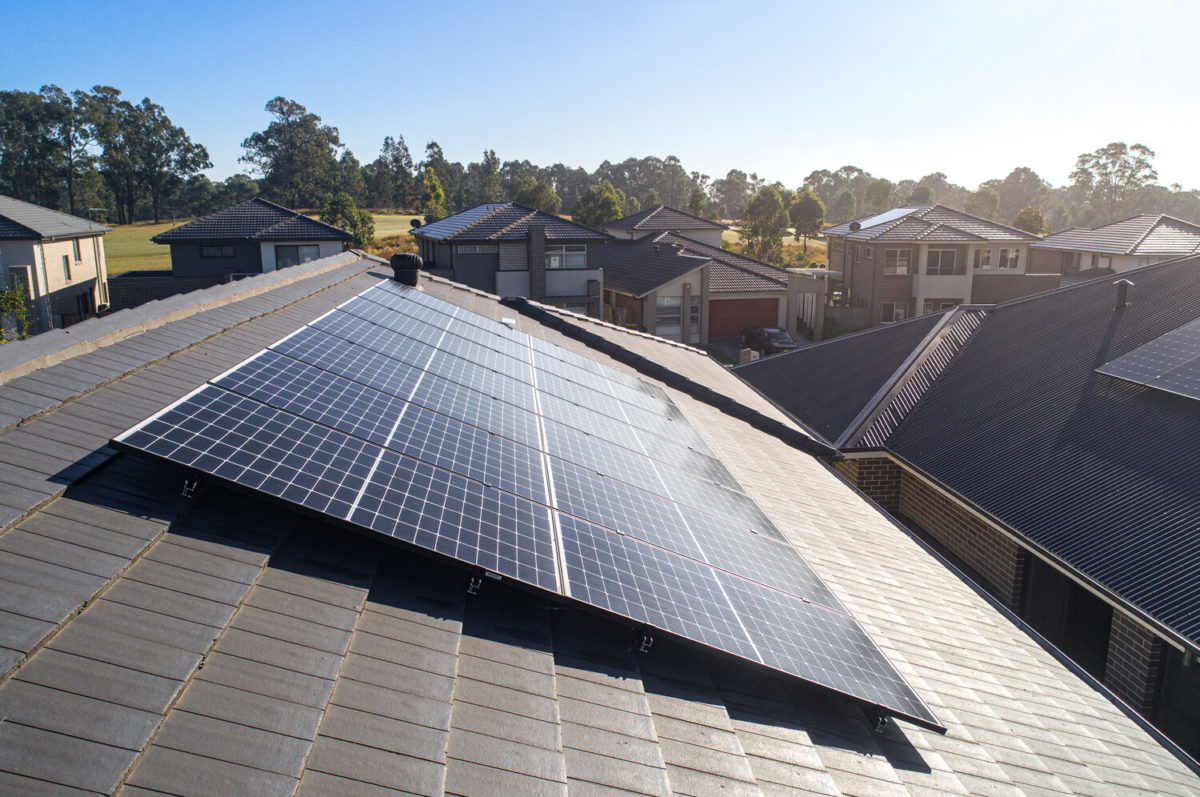SA Power Networks (SAPN) has announced it will give new rooftop solar PV customers in some congested areas of the network the choice of a flexible solar export arrangement with a limit of up to 10 kW or a firm 1.5 kW export limit as part of a new trial tipped to be implemented within months.
South Australia households are currently restricted to a limit of 5 kW of export capacity but SAPN said the new flexible exports arrangement would allow for better integration of rooftop PV into the energy system as it looks to double the amount of solar on the state network by 2025.
The rapid uptake of rooftop PV in Australia has led to increasing network congestion and reliability concerns, prompting some electricity distributors in other states to introduce reduced or zero export limits in some areas, and SAPN said these will soon need to be trialled in some of Adelaide’s southern suburbs.
SAPN said the network in some areas is already nearing maximum capacity for solar exports, causing customer inverters to trip off or ramp down, and triggering voltage issues for other non-solar customers nearby. The distributor said without mitigating action, this has the potential to overload or damage network equipment, which may lead to blackouts.
The state last year introduced new inverter standards which allows for rooftop solar installations to be switched off remotely to protect the grid. That was actioned for the first time last month when energy authorities switched off thousands of rooftop solar installations on instruction from the Australian Energy Market Operator (AEMO) when electricity demand plunged to a near-record low.
SAPN said about 800 customers are expected to be affected by the new export arrangements. The electricity distributor said the trial will not yet impact existing customers, or those connecting or upgrading their systems in a part of the network that is not congested but it is expected the arrangement will eventually apply to all customers.
SAPN strategy and transformation general manager Mark Vincent said the initiative, which is part of an Australian Renewable Energy Agency (ARENA) funded trial, will mean more South Australians will have the opportunity to install solar and gain the benefits.
“Obviously, the outcome for individual customers depends on a host of factors and customers should talk to their solar installer about the specific benefits,” he said.

Image: SAPN
Vincent said the decision on where to introduce flexible exports would be based on local network and substation capacity.
“At this stage, a few localised areas serviced by substations in the southern suburbs are most likely to be involved, initially as part of an ARENA-funded trial. However, over time, we plan to expand the service so that all customers can get access to flexible export limits if they wish,” he said.
Under the flexible exports option, customers will have an export limit of up to 10 kW per phase, based on SAPN’s assessment of network capacity in the area in which the customer is located. Exports will be monitored and controlled through internet-connected smart inverters.
SAPN said customers will most of the time have the opportunity to export more than they would on a lower fixed export limit, subject to the size of their installation and consumption patterns, even in highly overloaded parts of the network. Export limits will only be lowered when necessary to avoid overloading the network and to help maintain a reliable electricity supply.
The flexible export arrangement, which received funding as part of ARENA’s Advancing Renewables Program, will see SAPN team with Victorian-based AusNet Services and inverter manufacturers, Fronius, SMA, and SolarEdge, and energy management software company SwitchDin to develop the technical capability needed to offer customers flexible rather than fixed export limits for solar.
Mike Stone, from the Clean Energy Council and chair of the Solar Industry Reference Group, which is working with SAPN on introducing the flexible exports initiative, said the distributor had shown a “genuine desire” to support the uptake of solar in South Australia.
“The flexible exports option is a lot smarter than imposing lower or zero fixed export limits in overloaded areas, as has happened interstate,” Stone said.
“In the long run it will mean more South Australians will be able to invest in and benefit from solar.”
This content is protected by copyright and may not be reused. If you want to cooperate with us and would like to reuse some of our content, please contact: editors@pv-magazine.com.









2 comments
By submitting this form you agree to pv magazine using your data for the purposes of publishing your comment.
Your personal data will only be disclosed or otherwise transmitted to third parties for the purposes of spam filtering or if this is necessary for technical maintenance of the website. Any other transfer to third parties will not take place unless this is justified on the basis of applicable data protection regulations or if pv magazine is legally obliged to do so.
You may revoke this consent at any time with effect for the future, in which case your personal data will be deleted immediately. Otherwise, your data will be deleted if pv magazine has processed your request or the purpose of data storage is fulfilled.
Further information on data privacy can be found in our Data Protection Policy.